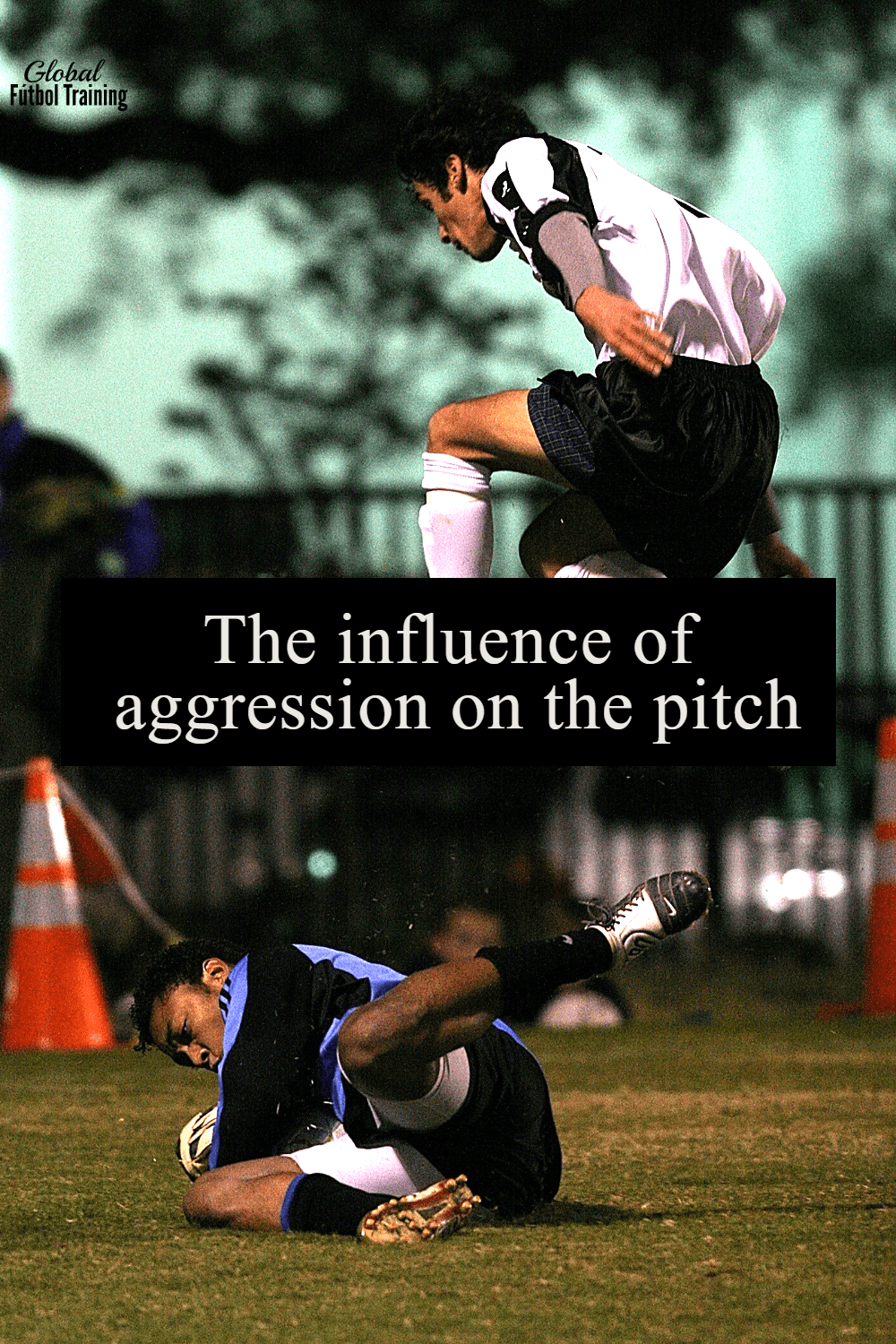Playing with aggression was never a problem for me… But when I think back on being a kid, it’s easy to say that when I learned how to shoulder charge, shield and slide tackle it made things easier. Quite a few parents over the years ask me to work on aggression with their kids. Some say that their kids are aggressive at home with siblings or them, but not in a game. Some of this is the added pressure of performing in front of a coach and crowd. In addition, there is not being put in the situation at practice enough. Let’s learn more…
Can you become more physical?
Can you make a player more physical?
Yes – but for some not by much, in my opinion.
If a player never wants to get in on a tackle it’s probably more of their nature and playing style. And if it’s not in their nature, is it worth changing who they are as that player?
Soccer is diverse in its determination of what makes a great player – and its definition is not limited to size, style of play, personality, or country of origin [unless you’re British – ha-ha, just kidding Paul].

Aggression by position in soccer
Some players have aggression in them naturally – they’re not afraid of the ball, the other players or the play.
Others don’t have that aggression in them and that is what makes soccer such a beautiful thing. You can have players who are opposite, which makes for a good combination.
Defenders are usually by far the most aggressive with less skill but the forwards usually have a little in them as well.
However, forwards also seem to save their energy for when they have the ball – not when the other team has the ball [& no, I am not just saying that because I was a defender].
Midfielders are usually a mix, where you might have 1 forward who never goes in on tackles, but it has ball control.
Then another mid who is very aggressive who can help make up for the others lack of aggression.

Shoulder charging
Players should be introduced to shoulder charging.
You’ll do this when you’re running next to a player with the ball out in front of you by 2-5 yards.
Ages 8-9 need to be introduced to it, but taught that you might get called for a foul and that’s okay. Fouls are not bad as long as it’s not with intent to injure someone.
Players 10+ are at the point where you will need to know how to fight for the ball.
Using your shoulder will give you the advantage of 50/50 balls that you’re racing for.
Shielding the ball from defenders
When you have possession of the ball you will sometimes need to shield it.
Parts of the body to use are your arms, back, rear and legs.
Position your body between the ball and defender.
Have good sportsmanship
One final note – when you see or hear about aggression surrounding a game, you can quickly determine if the aggression source is more likely healthy or not.
Aggression seen off the field is usually the parents; aggression on the field, in good sportsmanship behavior, is the kids’ natural drive.
Recognize the difference and handle each appropriately.
Our Most Popular Posts:
- 3 ways to strike the ball with power
- How to boost confidence in soccer
- 8 best 1st- touch drills
- Expert dribbling tips
- Goal side defending
Follow @GFTskills on Social Media


